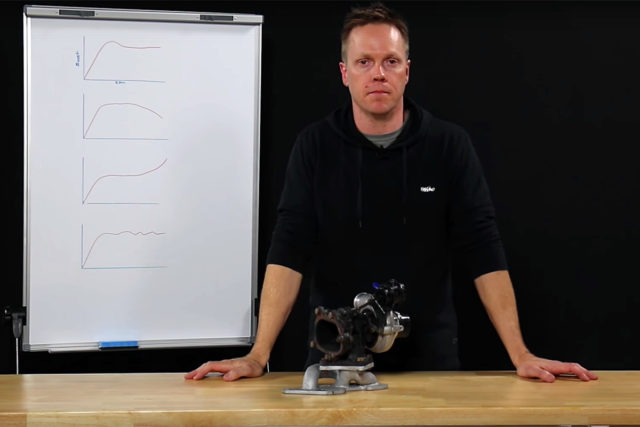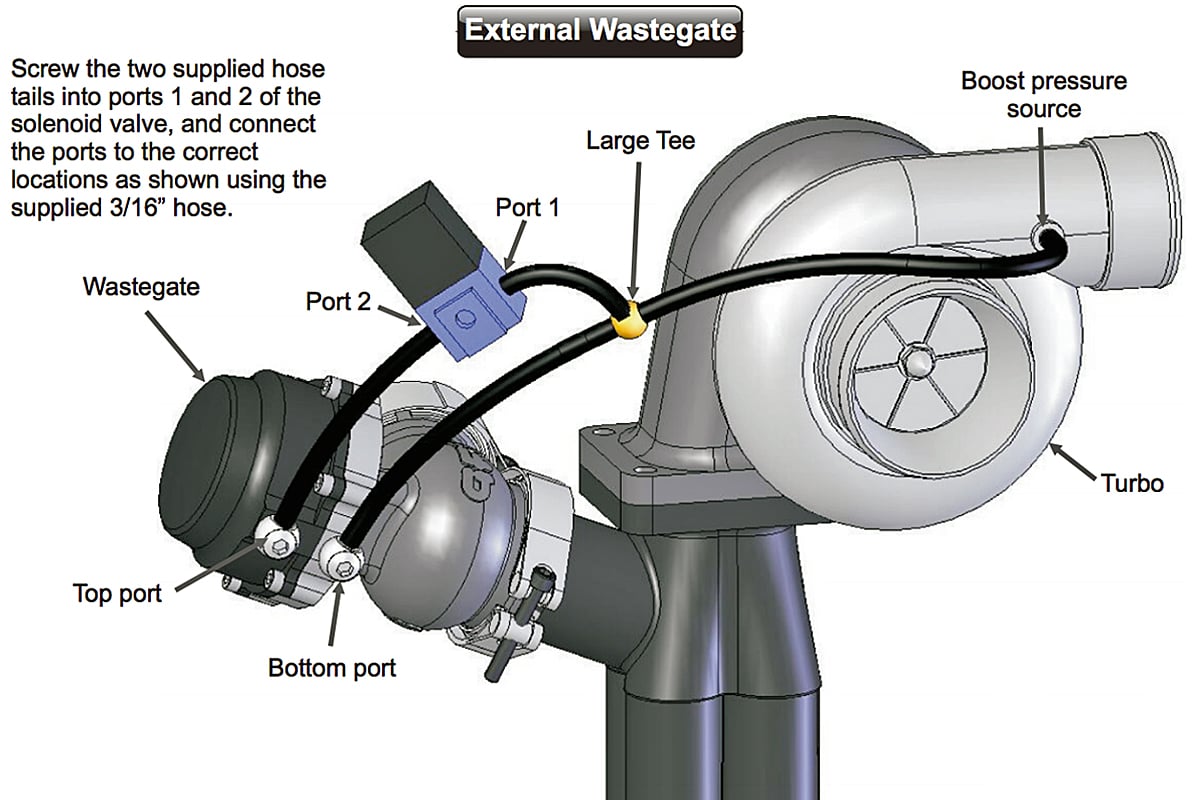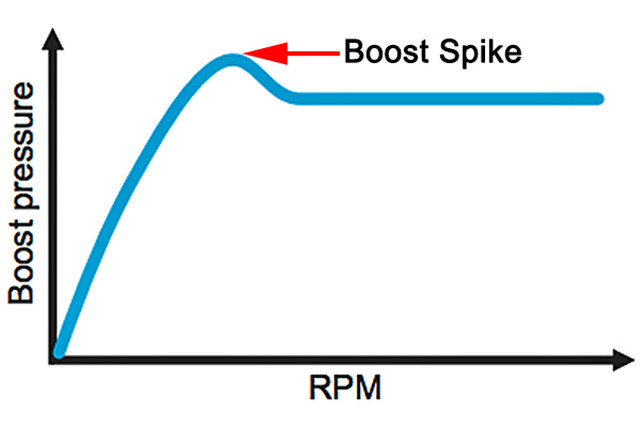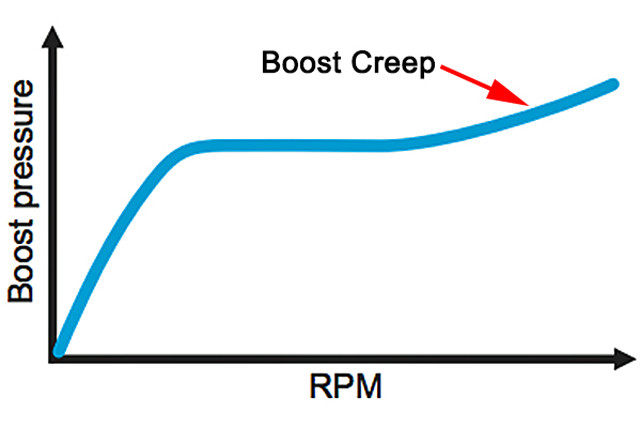One of the most common ways to regulate the boost pressure of a turbocharged engine is through the use of an electronic boost control solenoid. And while many enthusiasts know what a boost control solenoid is, how it actually functions and when to make adjustments is commonly misunderstood.
The Australian team behind the famous enthusiast-driven Mighty Car Mods YouTube channel recently released a video on their secondary channel, MCMTV2, featuring “Go Fast Brett,” of Go Fast Bits. In the video, Brett details the various types of boost error, their characteristics, and how to manage it using your boost controller — a topic that isn’t often discussed.
Controlling Boost
Unless we’re talking about a dragcar with a massive turbo properly sized to peak at redline, to control boost on your streetcar or road course build you can use either a manual bleed or ball-style valve, or an electronic solenoid — where a manual valve can only be set to a static position, the latter responds to a dynamic signal directly from the ECU or an aftermarket controller, and is what this article will focus on.
A diagram from Go Fast Bits detailing the two most common single turbo EBCS setups, external wastegate (left) and internal wastegate (right).
For a more in-depth look at wastegate operation and boost control setup, check out our article on the subject here.
Boost Spike
A boost spike occurs when the turbocharger overshoots its peak target momentarily before quickly tapering down and plateauing at the correct pressure, most often occurring at lower engine speeds. If a consistent unintentional boost spike is left unchecked it can cause cause possible engine or turbocharger damage, depending on the supporting mods and boost level.
If you experience this condition on a factory-equipped turbocharged vehicle, without any modifications to the turbocharger or factory boost controller, more often than not this is a feature to give the driver more of a punch at peak power. And as many disappointed drivers can attest to, these same vehicles tend to quickly taper off boost and feel disappointingly sluggish at higher engine speeds because of the factory turbocharger sizing.
It’s important to remember that there is a delay between the solenoid receiving the signal, the valve opening to allow boost pressure into the wastegate, the wastegate being pressurized, and finally the wastegate actuation. So one of the most common mistakes a tuner will make is commanding the wastegate to remain shut longer than necessary because they did not account for this delay, creating the conditions for a boost spike.
On turbocharged engines utilizing an aftermarket boost controller or are modified and have had the factory boost control solenoid recalibrated through ECU tuning, this is a tell-tale sign that the wastegate duty cycle (WGDC) is too aggressive, meaning that the tuner is spooling the turbo too fast and at too low of an engine speed. If you’re using an aftermarket controller, correcting this is as simple as reducing the “gain” or “duty cycle” on the controller itself. If this is a factory solenoid or an aftermarket unit controlled directly by the ECU, it will need to be retuned to correct the WGDC.
Boost Creep
Boost creep is far less common, and is most often associated with a mismatched turbo, wastegate and engine combination. Your turbo will spool normally and reach the correct target for a short period, but after a certain point in the RPM range boost pressure will begin to uncontrollably increase with engine speed. This can lead to a turbocharger failure due to overspeed, or even catastrophic engine damage depending on how severe the boost creep is and the application.
In this scenario, if the problem is not remedied no matter how much you reduce the wastegate’s duty cycle, this tells you that your wastegate port is just too small and cannot divert enough of the exhaust gasses around the turbine housing to regulate boost effectively. If you’re using an aftermarket external wastegate, the solution is to simply install a larger wastegate. If it’s an internal wastegate, you must either upgrade the turbine housing or port the internal gate to allow it to flow more air — if possible.
Conclusion
Hopefully this gives you a better idea of how your boost controller actually operates and just how important it actually is to a properly functioning turbocharger system. Be sure to watch the entire video, where Brett discuses boost taper and boost instability and how to solve these conditions with your electronic boost controller as well!





















